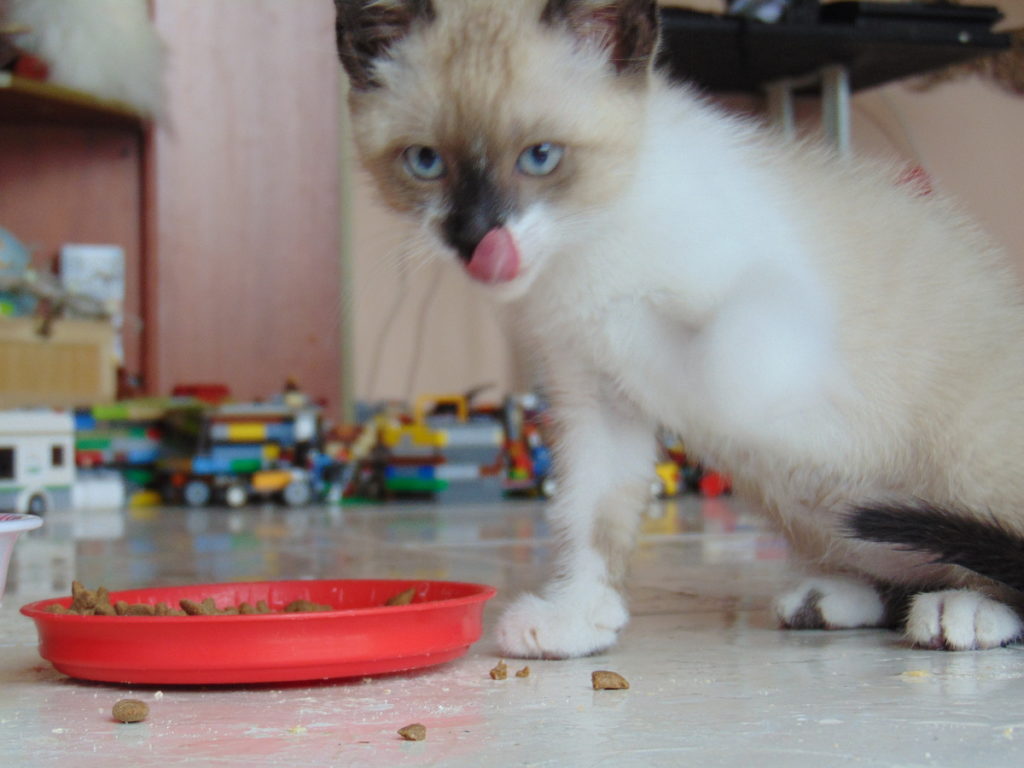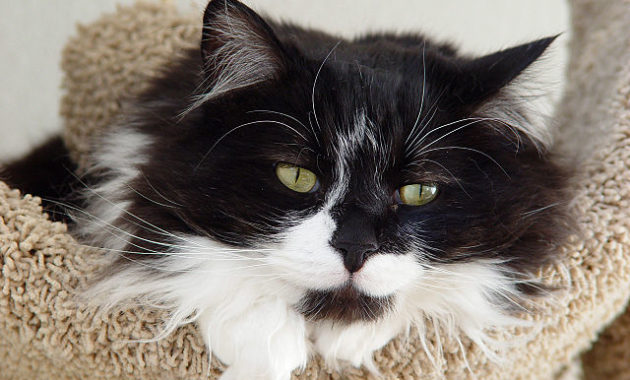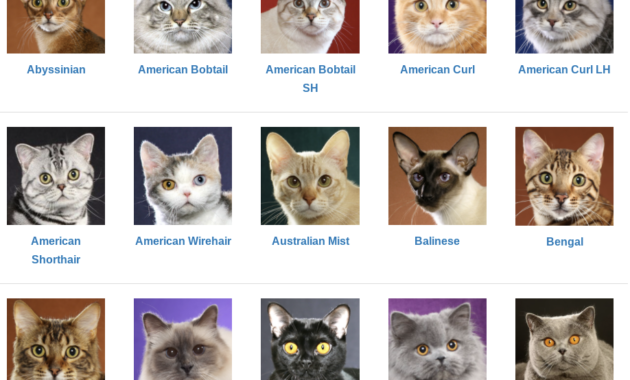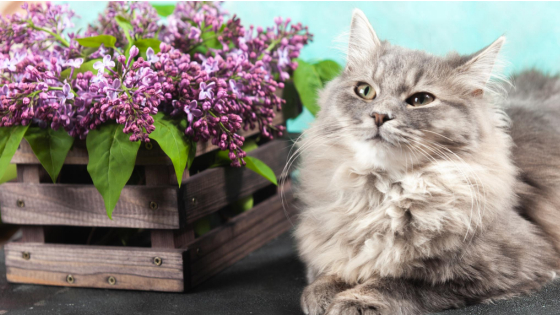Amidst the enigmatic realm of feline behavior, a question lingers in the minds of many: do cats dream? Veterinarians and researchers have embarked on a quest to unravel this mysterious aspect of our feline companions' lives.
Through meticulous observation of cats' sleep patterns and behaviors during REM sleep, intriguing insights have emerged, hinting at the possibility of vivid dream experiences.
As we delve into the world of feline dreaming, a fascinating journey awaits, shedding light on the secrets that unfold in the silent realms of our beloved cats' slumber.
Key Takeaways
- Cats likely dream about daily activities and favorite toys.
- Cats experience REM sleep where most vivid dreaming occurs.
- Cats may have nightmares based on their hunting instincts.
- Changes in cats' sleep habits reflect their comfort and security.
Cats' Dream Content Details
In exploring the intricate world of feline dreams, it is evident that cats likely dream about a range of daily activities, such as hunting, playing, and engaging with their companions. These dreams often mirror their waking experiences, incorporating favorite toys, meals, and interactions.
Research has shown that cats dream similarly to rats and humans, experiencing REM sleep where dreams occur. During REM sleep, cats may exhibit movements like twitching paws and legs, indicating deep dreaming. This stage is where the most vivid dreaming occurs for cats.
Understanding these dream content details provides insight into the rich dream life of our feline friends and highlights the importance of recognizing and respecting their sleep patterns.
Cats' Nightmare Scenarios
Cats' nightmares often stem from their innate hunting instincts, manifesting in dream scenarios that reflect their primal nature and experiences. These nightmares can be intense for cats, causing them to exhibit various behaviors during sleep. Some common nightmare scenarios that cats may experience include:
- Chasing elusive prey through dense forests.
- Engaging in territorial disputes with other felines.
- Facing unexpected dangers and threats in unfamiliar environments.
- Being separated from their beloved human companions in distressing situations.
Understanding these nightmare scenarios can provide insight into the complex inner world of cats and how their instincts and experiences influence their dream content.
Cats' Sleep Patterns Overview
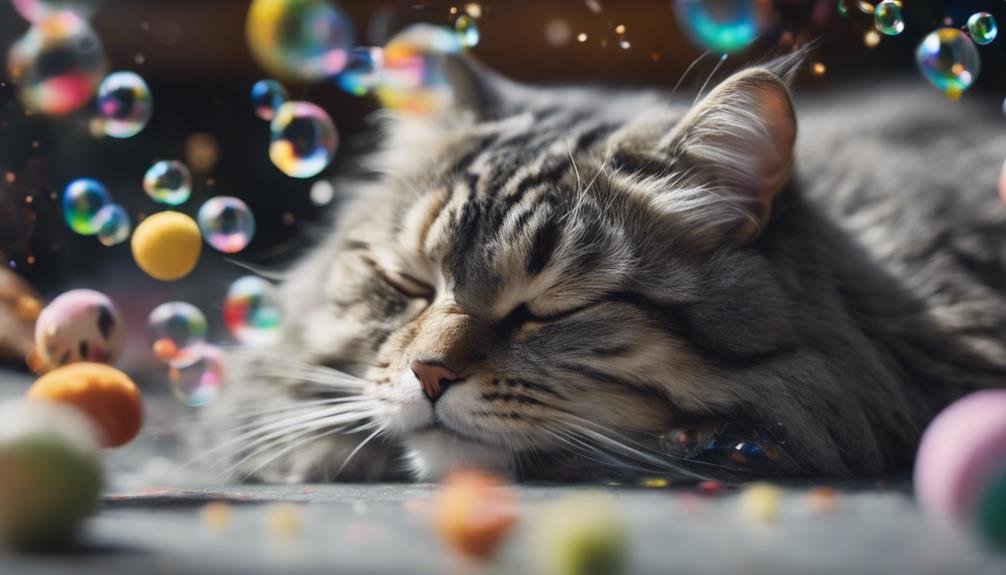
Exploring the intricacies of feline behavior during sleep sheds light on the fascinating realm of cats' sleep patterns.
Cats, known for their love of napping, typically sleep for 12-16 hours a day, with kittens and senior cats needing even more rest.
Their sleep is divided into two main stages: deep sleep and REM (Rapid Eye Movement) sleep.
During deep sleep, cats rest deeply, conserving energy and allowing their bodies to repair and grow.
In contrast, REM sleep is when most vivid dreaming occurs, characterized by twitching, sounds, and movement.
Changes in a cat's sleep patterns should be monitored, as they may indicate underlying health issues or stress.
Understanding cats' sleep habits is crucial for ensuring their well-being and cognitive function.
Cats' Vivid Dreaming Habits
With a penchant for deep sleep and vivid dreaming, felines exhibit intriguing nocturnal behaviors that reflect their inner world.
Cats' dreams likely revolve around their daily activities, such as hunting, playing, and interacting with companions.
Research suggests that cats dream similarly to rats and humans, experiencing REM sleep where most vivid dreaming occurs.
During REM sleep, cats may make noises and move, with twitching paws and legs being normal during deep dreaming.
Cats' dreams may involve favorite toys, meals, and activities, showcasing a glimpse into their subconscious thoughts and desires.
Cats' Sleep Changes Monitoring
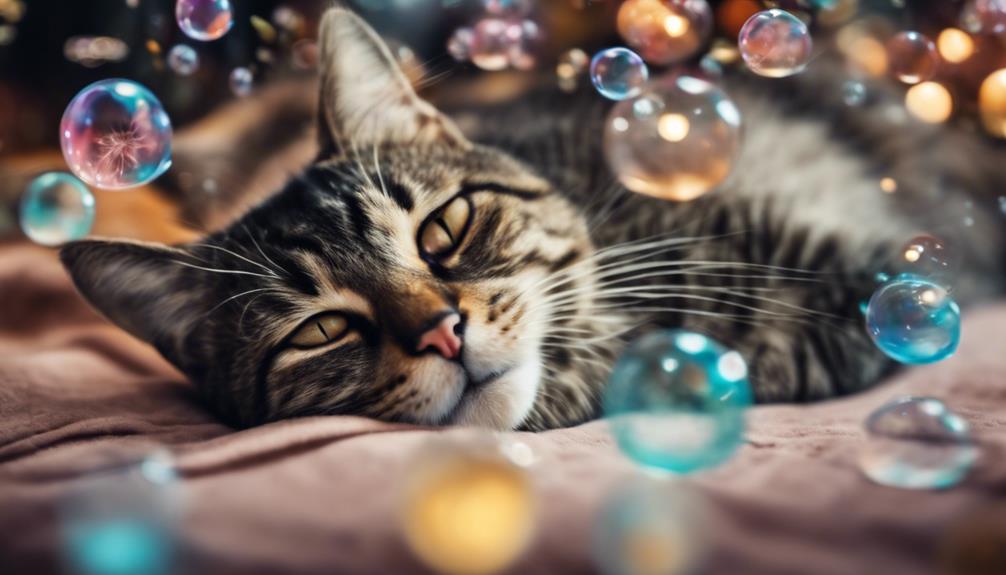
How can pet owners effectively monitor changes in their cats' sleep patterns and habits?
Pet owners can monitor their cats' sleep patterns and habits by establishing a baseline of their normal behavior. This includes noting the typical amount of time their cat spends sleeping, their preferred sleeping spots, and any usual behaviors during sleep, such as twitching or making noises.
Regular observation is key to identifying any deviations from the norm, which could indicate potential health issues or changes in their environment affecting their sleep. Keeping a sleep journal or utilizing pet monitoring devices can help track changes over time, allowing for early intervention if necessary.
Consulting a veterinarian is recommended if significant alterations in sleep patterns persist.
Cats' Sleeping Comfort Reflection
A cat's choice of sleeping locations and behaviors can provide insights into their comfort and sense of security within their home environment.
- Preferred Sleeping Spots: Cats often choose warm, secluded areas to rest, such as sunny windowsills or cozy beds, indicating a desire for comfort and safety.
- Body Language: A cat's sleeping position, whether curled up or stretched out, can reveal their level of relaxation and trust in their surroundings.
- Grooming Before Sleep: Cats that groom themselves before settling down to sleep may be practicing self-soothing behaviors, enhancing their comfort before rest.
- Sleeping Near Owners: Cats that sleep close to their owners may seek companionship and reassurance, showing a strong bond and a sense of security within the home.
Conclusion
In conclusion, veterinarians suggest that cats likely do dream based on their REM sleep patterns and behaviors.
While some may argue that cats lack the cognitive ability for complex dreaming, evidence points towards vivid dream experiences in felines.
Understanding and appreciating cats' dreaming tendencies adds depth to our comprehension of their cognitive capabilities and enhances our connection with these mysterious and beloved companions.

